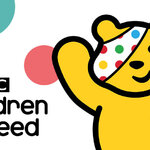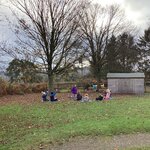Home Learning for Years 5 & 6
Research suggests that homework has little impact on children’s learning unless there are a targeted set of personalised skills that are practised. It is important that children in Year 5&6 learn to get into good habits with carrying out their home learning as independently as possible. This will make the transition to secondary school easier. We offer a range of home learning each week that all help children to develop important skills. We have found that the children who regularly do home learning are more successful with their SATs test in Year 6. The home learning also supports the work we do in school so they are far more successful in the classroom across the whole curriculum.
Read at least 20-30 minutes every day at home. Read what you enjoy and this will develop your fluency with reading. Immersing yourself in fiction and non-fiction will also help you with your writing, too. Research evidence suggests that regular reading is one of the most important factors in how successful you will be at secondary school and beyond.
Home Learning Activities
Please make sure you keep up to date with your reading group home learning.
Abacus/Active Learn games – new on EVERY week relevant to class learning.
Please practise spellings for SPEED SPELL when you are given them.
Please practise your times table of the week that you are working on in school.
Extra notes about learning times tables and spellings
Practise learning the spellings you ‘nearly’ know first. This will give you a great boost to your confidence when you do learn them. Use all our ‘thinking’ strategies to help you revise and remember. E.g. circle the tricky bit, split the word into syllables, ‘dots and dashes’, visual spelling, spell the word backwards, write a group of 10 words in alphabetical order, write the word in a sentence, look the word up in a dictionary. Or make up some of your own fantastic ideas!PLEASE RECORD ANY SPELLING PRACTICE IN YOUR LEARNING LOGBOOK
Moving into Year 5 & 6 the focus is on recognising multiples from the 12 x 12 tables square with quick recall of the relevant pairs of factors for any given multiple e.g. Multiple 24 Factor pairs 1, 24; 2, 12; 3, 8; 4, 6 OR Factors in order 1, 2, 3, 4, 6, 8, 12, 24Make up some games to help you to practise and learn.
.png)








